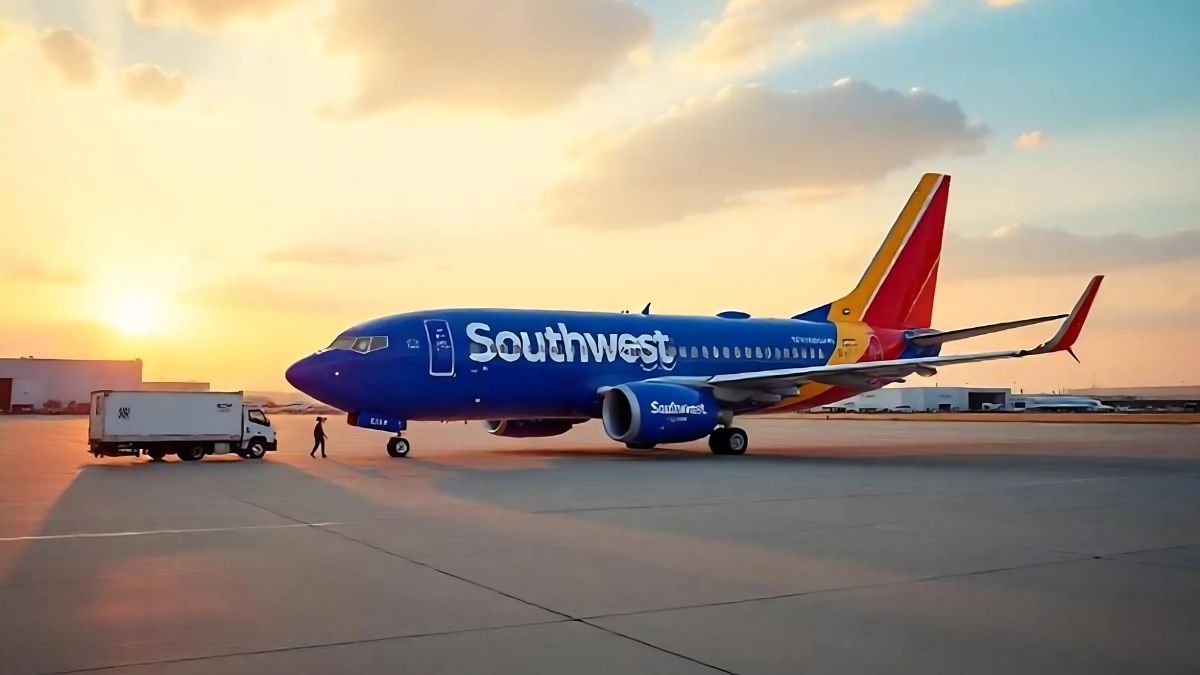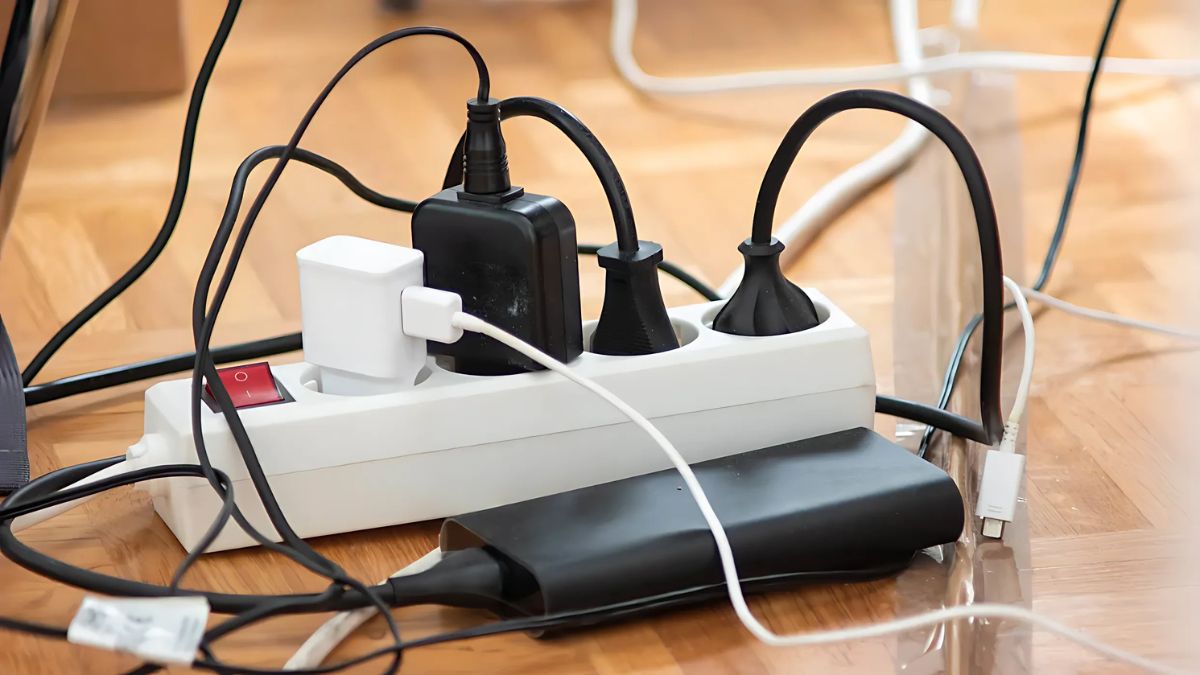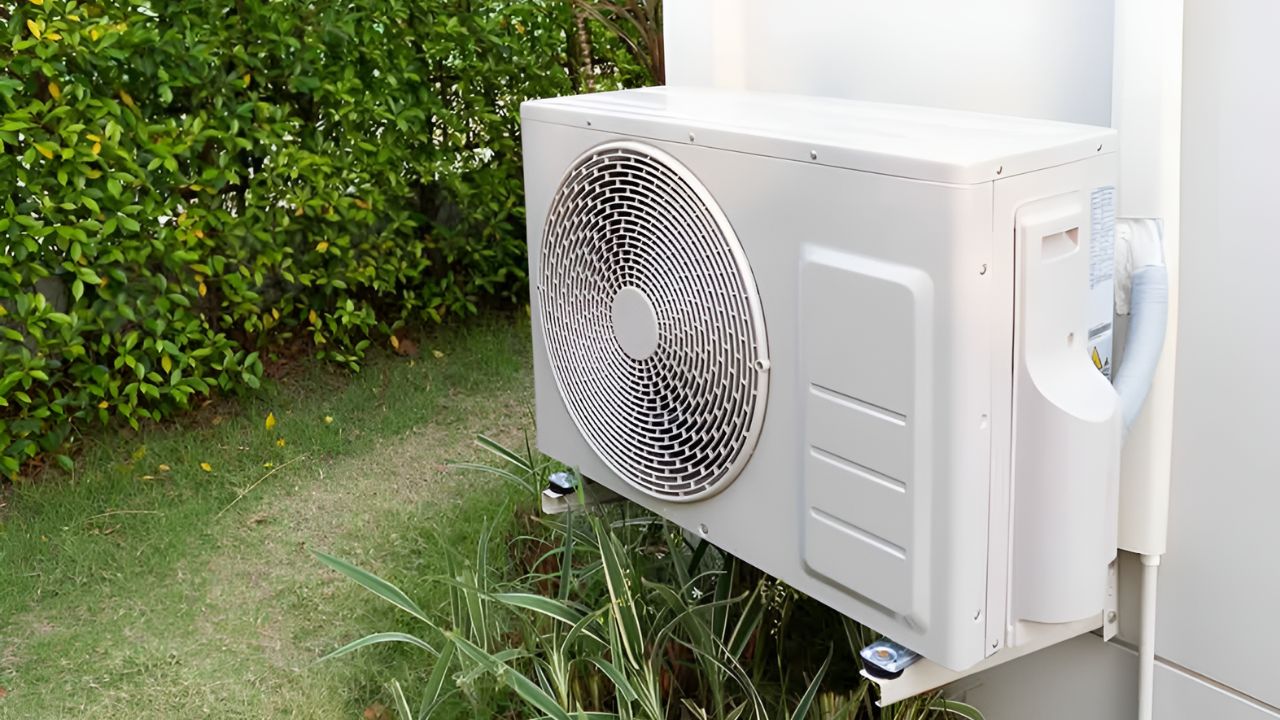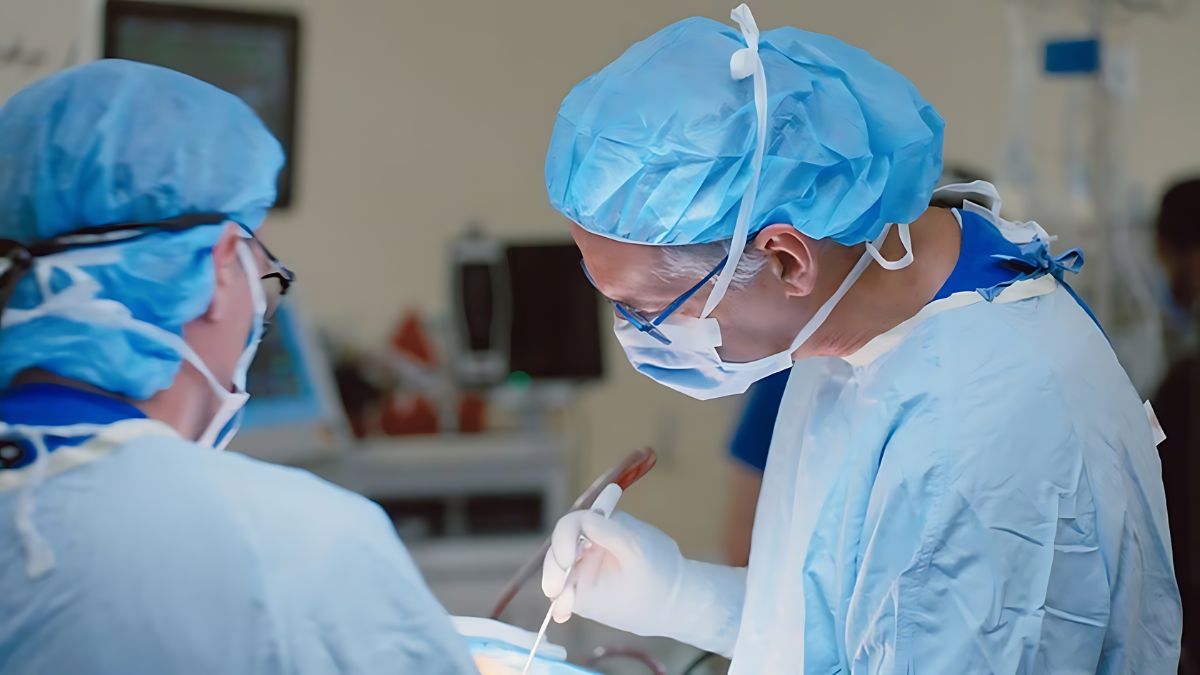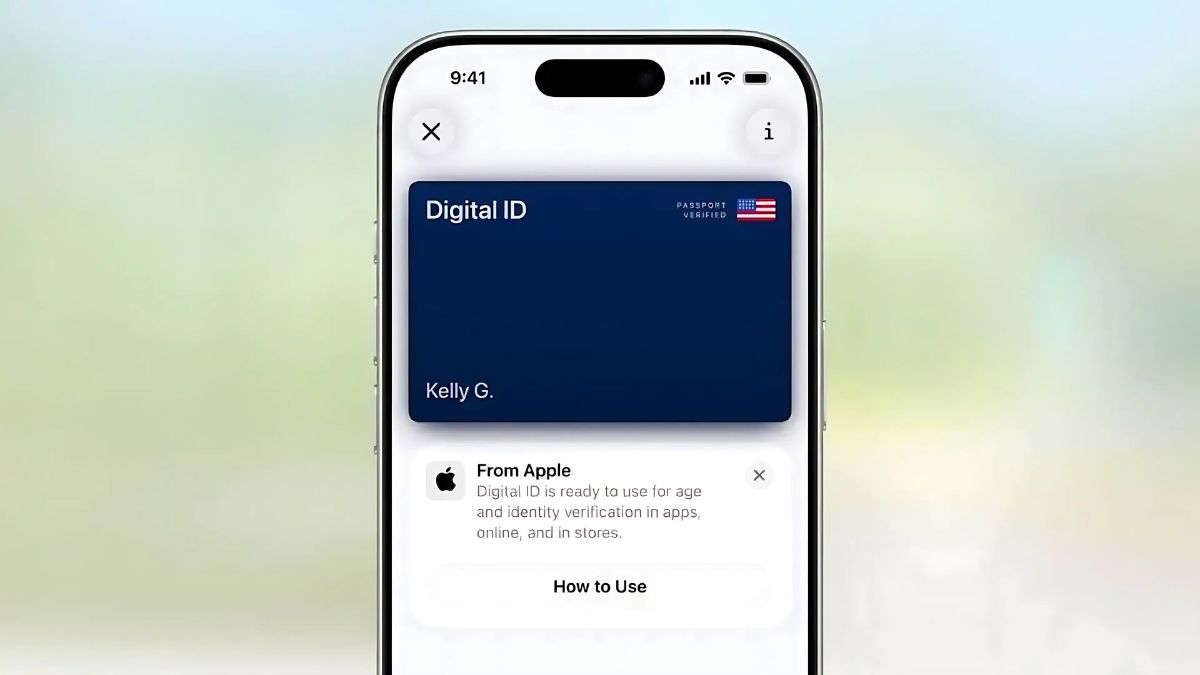Air travel in the United States is entering a new era, where technology plays a crucial role in keeping passengers safe. Leading the charge is Southwest Airlines, which has begun equipping its entire fleet with intelligent safety systems designed to reduce human error during the most critical moments of a flight—takeoff and landing. Thanks to a partnership with Honeywell Aerospace Technologies, the airline is making a serious commitment to smarter, safer skies.
Southwest
Southwest Airlines is one of the most well-known low-cost carriers in the United States. Based in Dallas, it operates across 11 countries and connects 121 destinations. Famous for its 10-minute cancellation rule, which allows passengers to cancel a flight and get a full refund up to 10 minutes before departure, Southwest has earned a strong reputation for flexibility and affordability.
But affordability alone doesn’t make a great airline—safety is a major factor. That’s why the company is stepping up with bold investments in aviation technology.
Partnership
Southwest Airlines has teamed up with Honeywell Aerospace Technologies, a division of the global conglomerate Honeywell International. Headquartered in Phoenix, this division specializes in advanced systems for aircraft, including engines, avionics, and onboard technologies.
Through this partnership, more than 700 Boeing 737 aircraft in the Southwest fleet have now been upgraded with state-of-the-art systems designed to increase situational awareness and reduce errors caused by pilot misjudgment. This move aligns with Southwest’s goal of staying ahead in terms of both innovation and operational safety.
Smart Tech
The core of this safety innovation is two systems developed by Honeywell: SmartRunway and SmartLanding. These technologies work by monitoring the aircraft’s position and providing both visual and audio alerts to pilots during taxi, takeoff, and landing.
They function in a way that’s not too different from parking sensors in modern cars—giving real-time feedback when a risky or incorrect action is about to occur. This helps avoid serious mistakes, like attempting to take off from the wrong runway or landing in unsafe conditions.
As Honeywell explained, these systems “help flight crews improve their situational awareness through audible and visual alerts.” With unpredictable weather, growing air traffic, and complex flight schedules, such assistance is more valuable than ever.
Accidents
The push for this kind of technology comes at a time when U.S. aviation has seen a concerning number of near misses and incidents. One widely reported event involved a plane in Orlando attempting to take off from a taxiway instead of the runway. The following day, a near collision in Chicago was reportedly caused by sun glare.
While many of these incidents don’t lead to tragedy, they highlight just how thin the margin for error can be in aviation. According to Andrew Patterson, Chief Operating Officer at Southwest, “we think it’s a really powerful tool to add more barriers to potentially bad outcomes.”
And that’s exactly the point. These systems are not meant to replace pilots but to support them—especially when stress, fatigue, or poor visibility make mistakes more likely.
Reality
The future of aviation can’t be solely focused on adding new destinations or offering the cheapest fares. Airlines must prioritize safety above all else. Passengers are becoming more informed and aware, and no one is willing to sacrifice peace of mind for a bargain flight.
As Jim Currier, President of Honeywell Aerospace, said, “Pilots and cabin crew face increasingly challenging situations. Fortunately, technology evolves too, and we’re developing systems that provide the right information when it’s needed most.”
With innovations like SmartRunway and SmartLanding, Southwest Airlines is not only enhancing safety—it’s setting a standard for others in the industry to follow.
FAQs
What is SmartRunway and SmartLanding?
They are safety systems that alert pilots during takeoff and landing.
How many planes has Southwest upgraded?
More than 700 Boeing 737 aircraft now have the new systems.
Who developed the new safety tech?
Honeywell Aerospace Technologies, based in Phoenix.
Why are these systems needed?
To reduce human error during critical flight phases.
Do the systems replace pilots?
No, they assist pilots by improving situational awareness.

